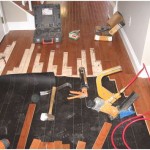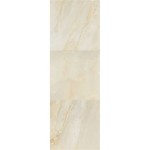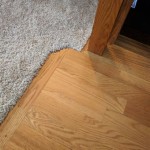Unveiling the Essence of Oak Wood Flooring Texture: A Guide to Its Distinctive Qualities
When it comes to choosing a flooring material that exudes both elegance and durability, oak wood flooring stands tall as a timeless choice. Its inherent beauty lies not only in its rich color palette but also in its captivating texture, which adds a tactile dimension to any space. This guide delves into the essential aspects of oak wood flooring texture, exploring its nuances and providing insights into its impact on aesthetics and functionality.
Smooth vs. Distressed: Embracing Contrast
The texture of oak wood flooring can range from smooth and polished to purposely distressed. Smooth finishes showcase the natural grain patterns of the wood, creating a sleek and refined look. On the other hand, distressed finishes, achieved through techniques such as hand-scraping or wire-brushing, accentuate the wood's imperfections, imparting an aged and rustic charm. The choice between smooth and distressed depends on the desired ambiance, with smooth finishes exuding modern sophistication and distressed finishes evoking a more traditional and cozy feel.
Grain Patterns: A Dance of Nature's Brushstrokes
Oak wood flooring boasts a mesmerizing array of grain patterns, each telling a unique story etched by nature's artistry. The most common grain pattern is straight grain, characterized by parallel lines that run along the length of the planks. Rift-cut oak, on the other hand, displays a more variegated pattern with interlocking grains, creating a bold and striking visual effect. Quarter-sawn oak showcases a distinctive radial pattern with medullary rays, resulting in a floor with exceptional stability and a captivating iridescent shimmer.
Surface Sheen: Glossy or Matte, A Matter of Preference
The surface sheen of oak wood flooring further enhances its tactile appeal. Glossy finishes reflect light, creating a high-shine effect that amplifies the floor's grain patterns. This finish is ideal for spaces seeking a touch of glamour and grandeur. Matte finishes, on the other hand, absorb light, resulting in a more subdued and natural appearance. They effectively conceal minor imperfections and are less prone to showing wear over time, making them a practical choice for high-traffic areas.
Handcrafting vs. Machine-Made: Embracing the Artisan's Touch
The method of production also influences the texture of oak wood flooring. Handcrafted floors are meticulously crafted by skilled artisans, resulting in a truly unique and bespoke product. Each plank bears the imprint of the artisan's hand, with subtle variations in texture and finish that add character and charm to the floor. Machine-made floors, while offering consistency and precision, lack the inherent individuality of handcrafted floors. The choice between handcrafted and machine-made floors ultimately depends on the desired level of exclusivity and the budget constraints.

Natural Oak Floor Xpert

Light Oak Parquet Pbr Texture Seamless 22170

Wooden Flooring Oak Wood Texture Floor Light Hardwood

Floor Wood Oak Free Texture

Seamless Wood Flooring S Browse 69 296 Stock Photos Vectors And Adobe

Oak Wooden Plank Flooring Texture Background Top View Of Smooth Brown Laminate Seamless Wood Floor Concept Use For Architecture Business Or Interior Wallpaper Stock Photo Adobe
Oak Plank Flooring Wide Planks 100 Solid

Flooring Wood Floor Texture Seamless
Oak Hardwood Flooring 100 Solid Wooden Floor

Granule Oak Floor Xpert
Related Posts








